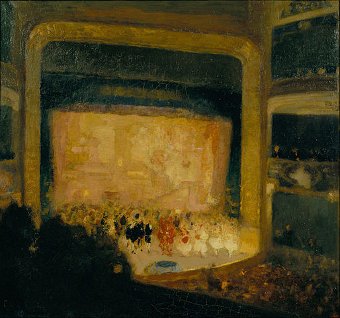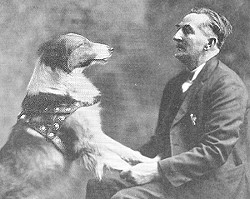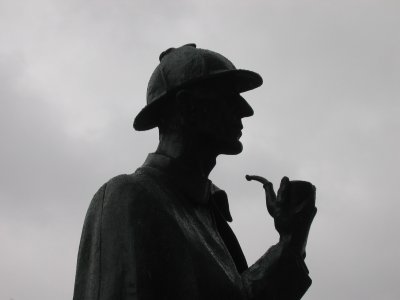On Feb. 6, 1898, a worker preparing the front page of the New York Times added 1 to that day’s issue number, 14,499, and got 15,000.
Amazingly, no one caught the error until 1999, when 24-year-old news assistant Aaron Donovan tallied the dates since the paper’s founding in 1851 and found that the modern issue number was 500 too high.
So on Jan. 1, 2000, the paper turned back the clock, reverting from 51,753 to 51,254.
“There is something that appeals to me about the way the issue number marks the passage of time across decades and centuries,” Donovan wrote in a memo. “It has been steadily climbing for longer than anyone who has ever glanced at it has been alive. The 19th-century newsboy hawking papers in a snowy Union Square is in some minute way bound by the issue number to the Seattle advertising executive reading the paper with her feet propped up on the desk.”
See Time-Machine Journalism and Erratum.





